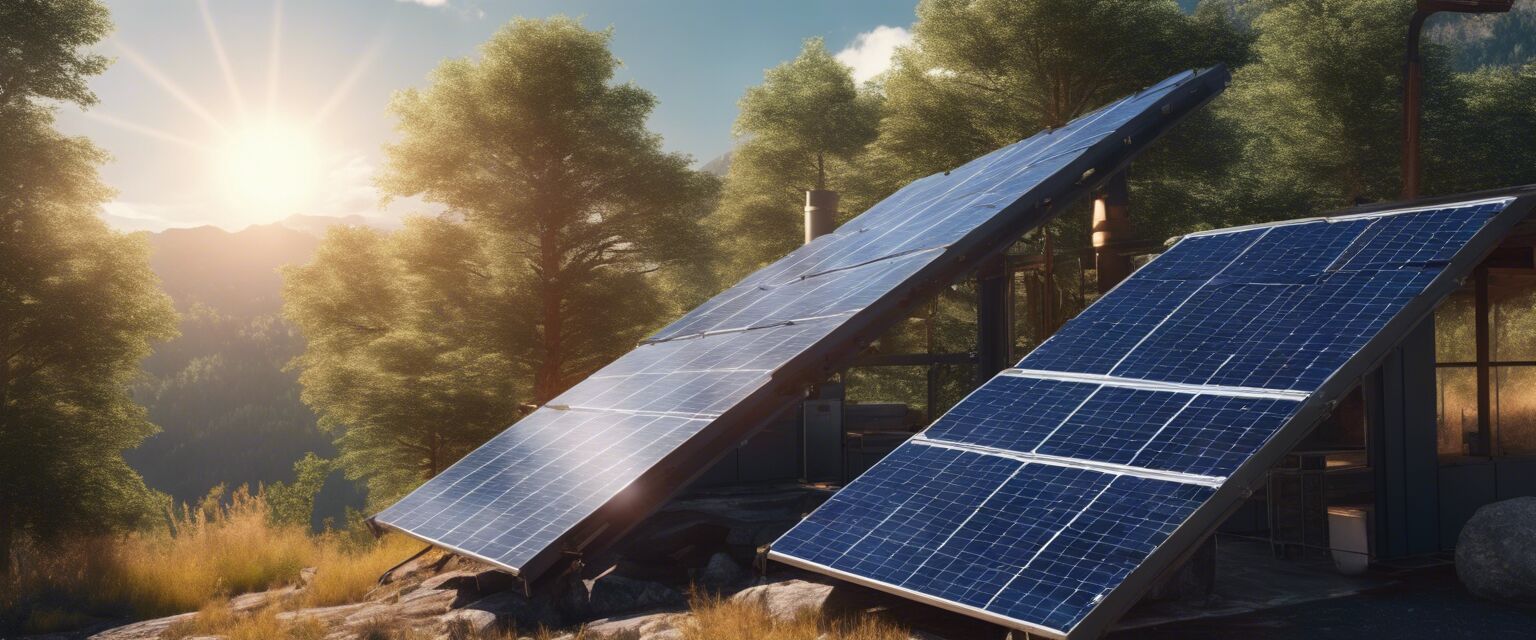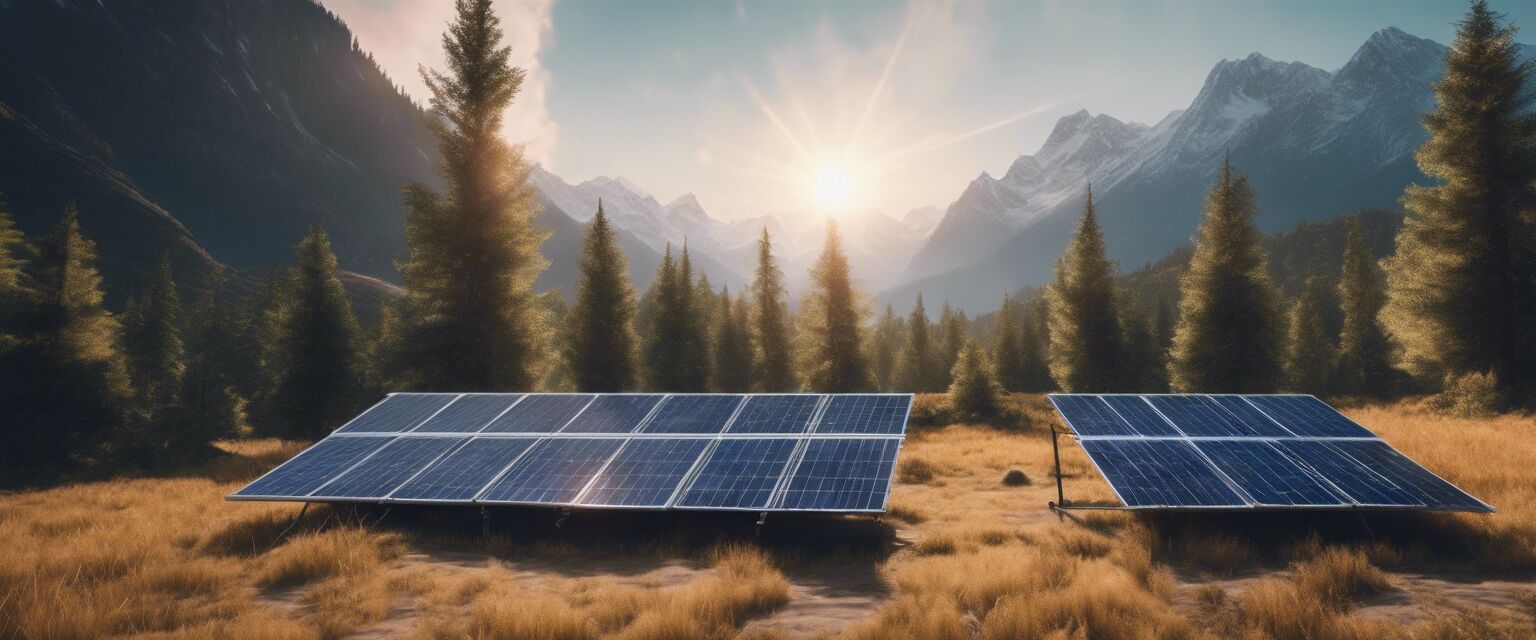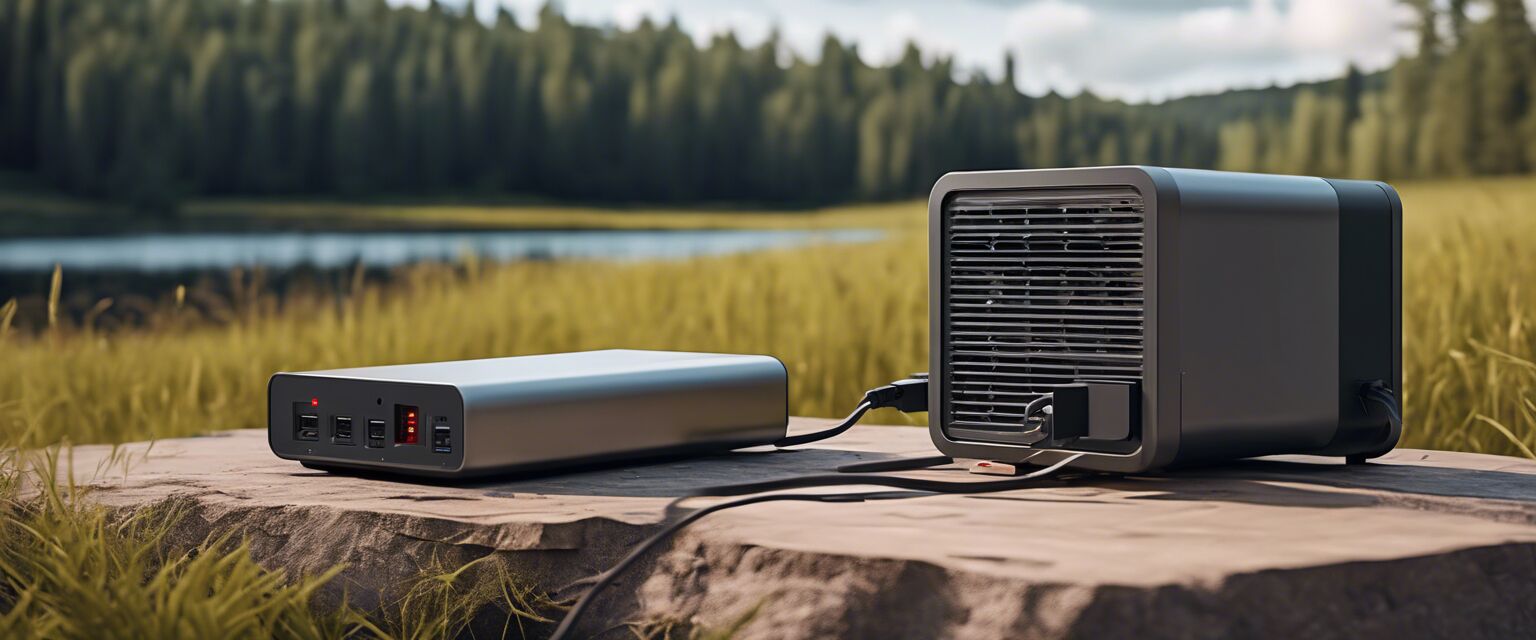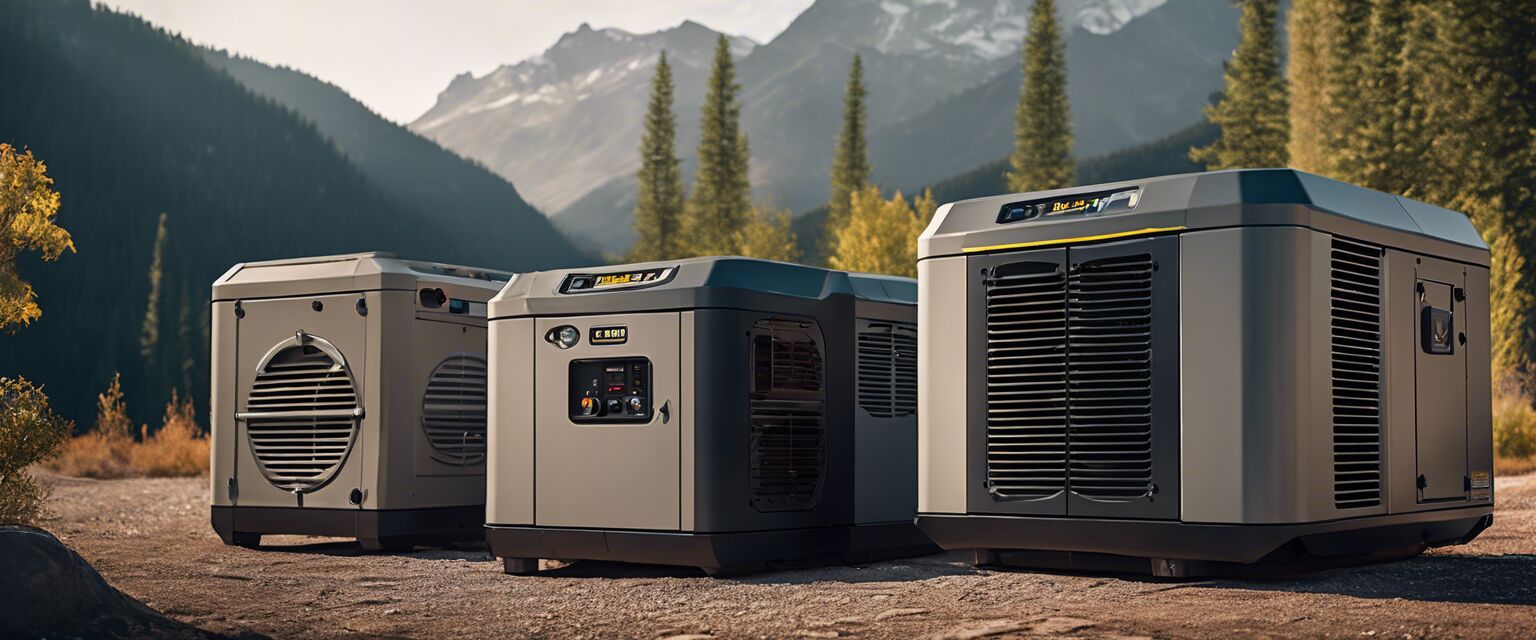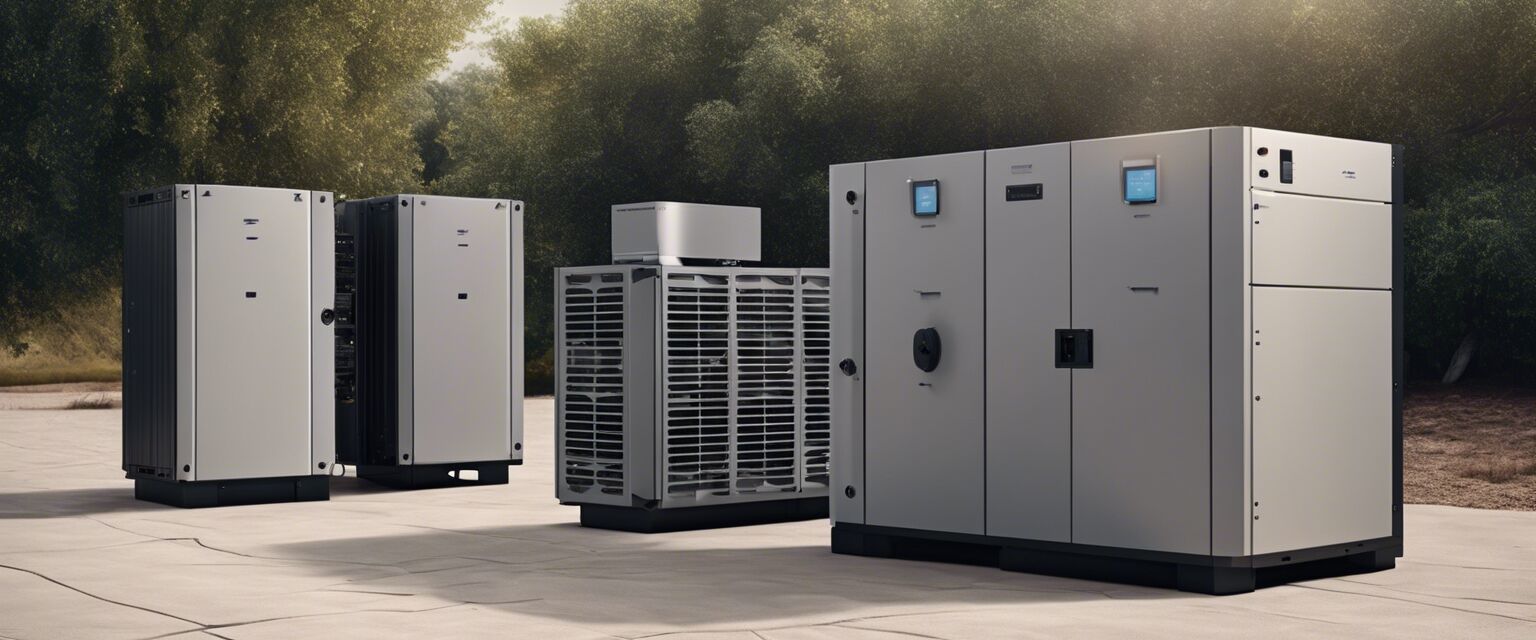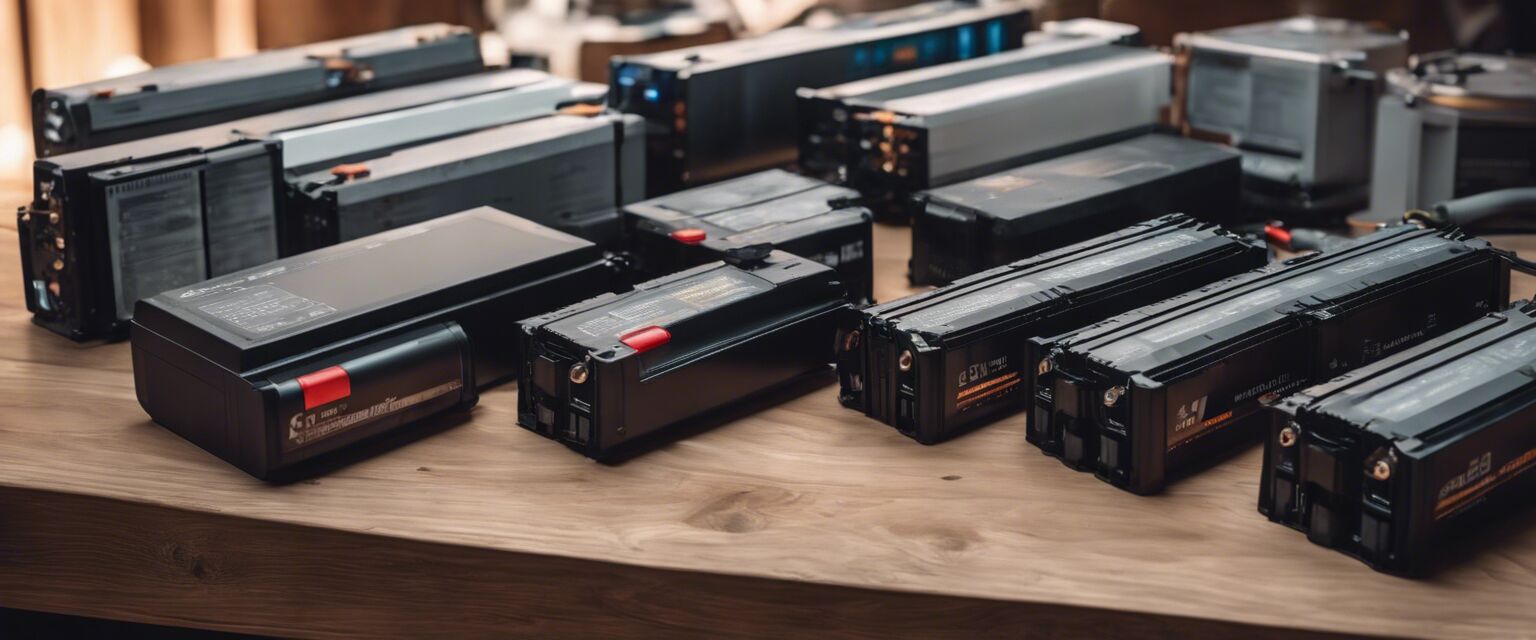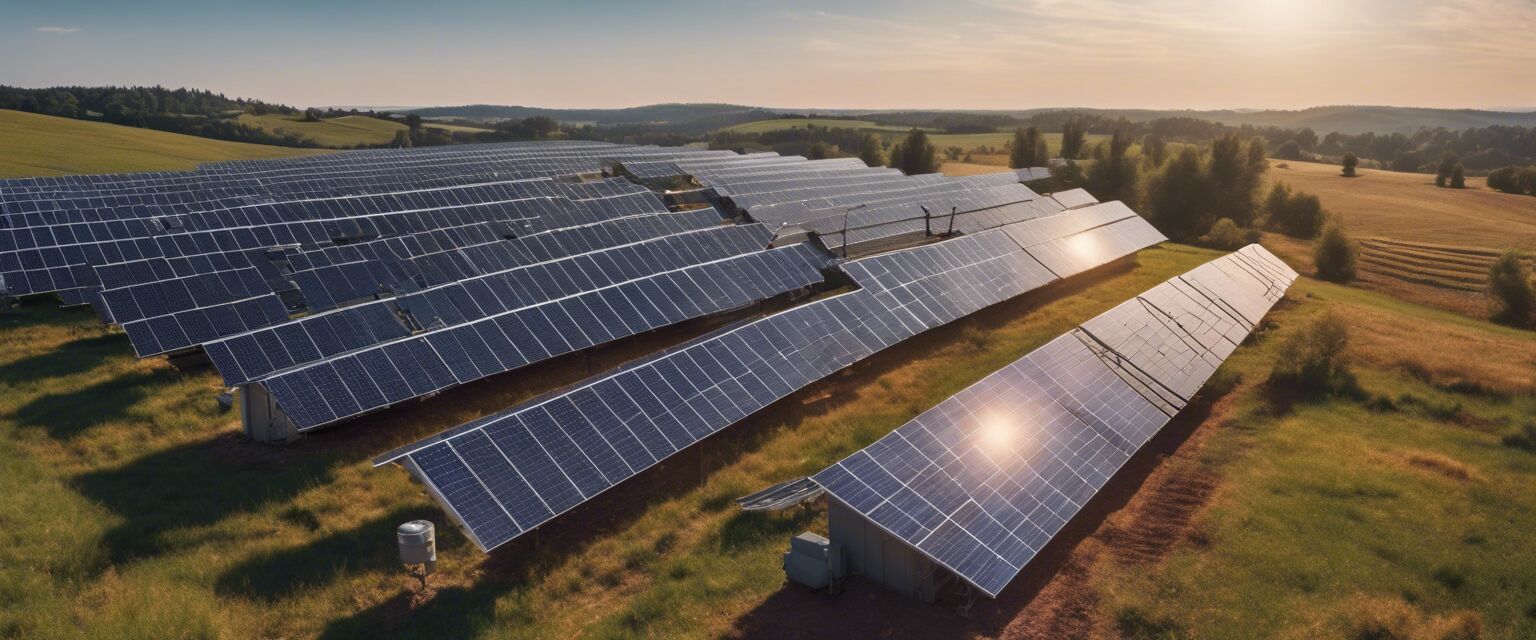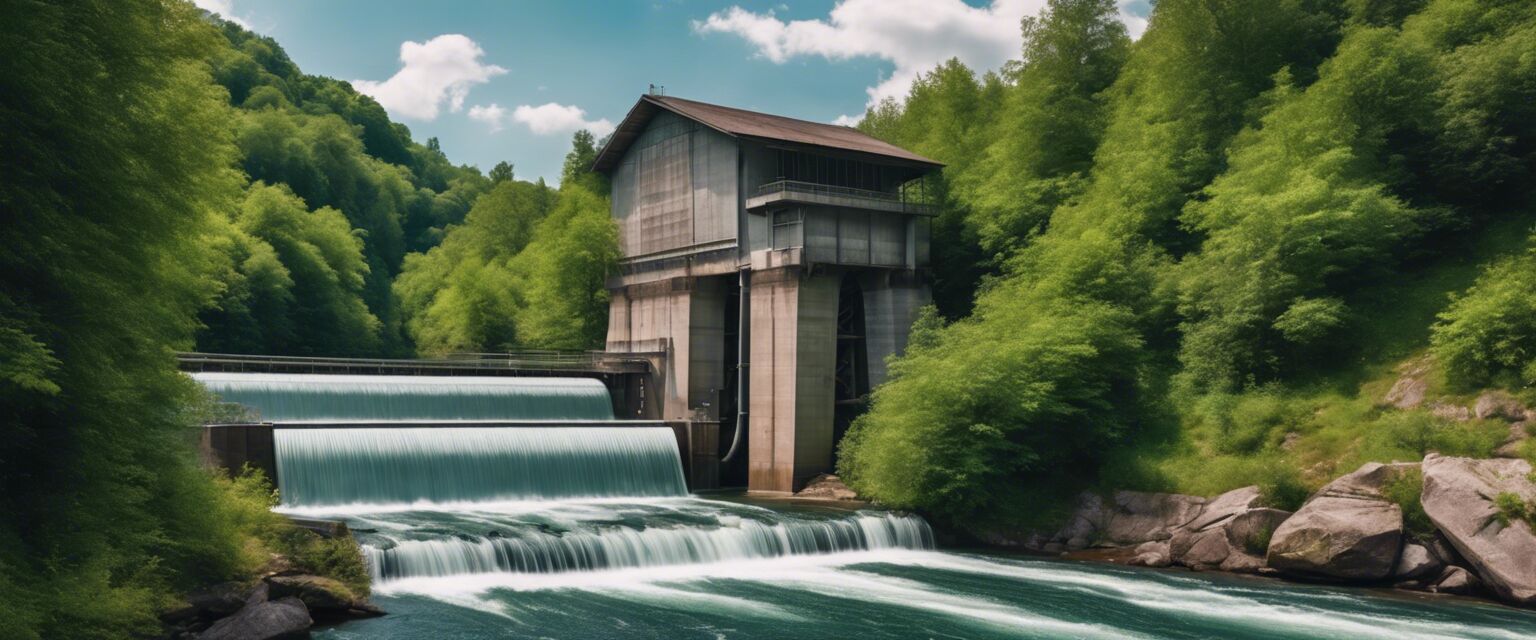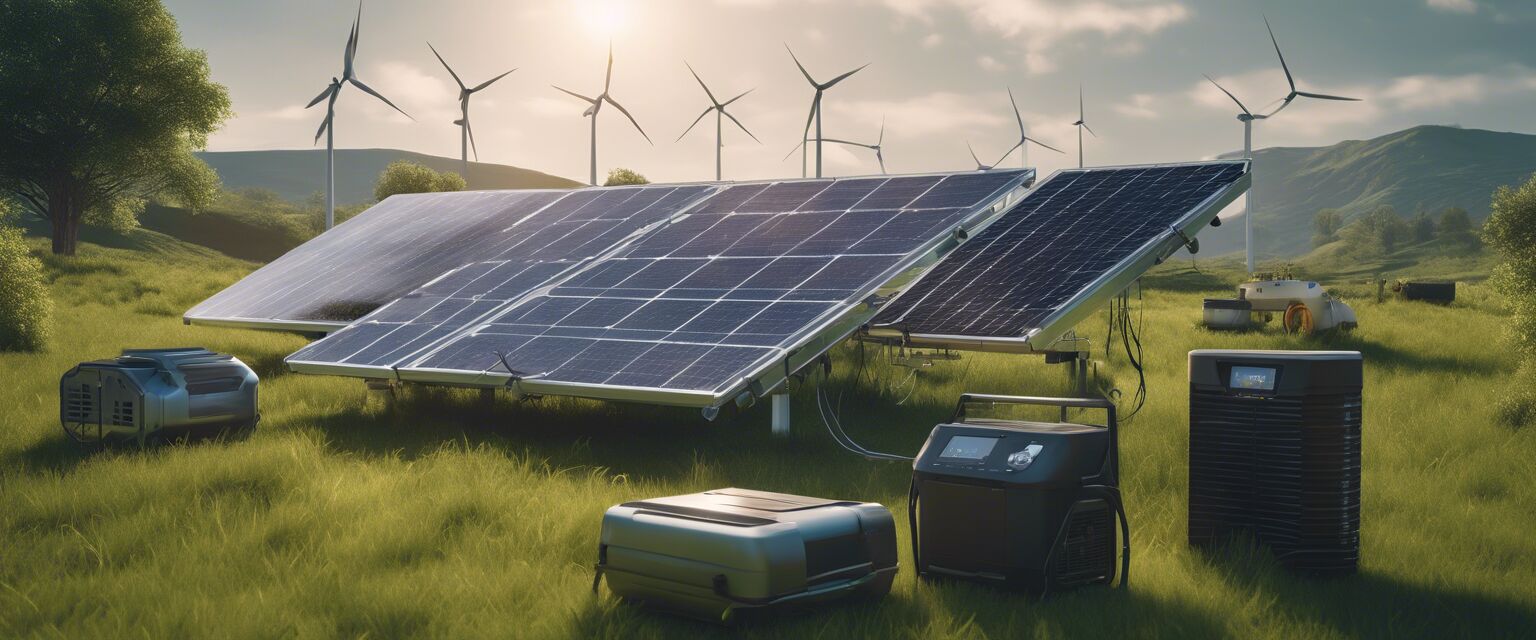
Wind Power Solutions
Key Takeaways
- Wind power is a sustainable energy solution ideal for off-grid situations.
- Wind turbines come in various sizes suitable for different energy needs.
- Understanding wind turbine components is essential for effective installation.
- Complementary accessories like charge controllers and battery storage enhance wind power systems.
- Regular maintenance ensures longevity and efficiency of wind turbines.
When it comes to off-grid power solutions, wind power stands out as a sustainable and reliable energy source. Whether you're looking to power your home, cabin, or remote site, wind turbines provide an excellent way to harness nature's energy. In this article, we will explore the various wind power solutions available, the components involved, and how to best utilize them for your energy needs.
Understanding Wind Power
Wind power is generated by converting the kinetic energy of wind into mechanical power, which can then be turned into electricity. This renewable energy source is especially vital for areas without consistent electricity access. In fact, wind energy is one of the fastest-growing energy sources worldwide.
How Wind Turbines Work
Wind turbines consist of several key components that work together to capture wind energy:
- Blades: These catch the wind and spin the turbine.
- Rotor: The blades are attached to the rotor, which converts wind energy into rotational energy.
- Generator: This component converts mechanical energy into electrical energy.
- Tower: The tower supports the turbine and raises it to a height where wind speeds are higher.
- Control System: This ensures that the turbine operates efficiently and safely.
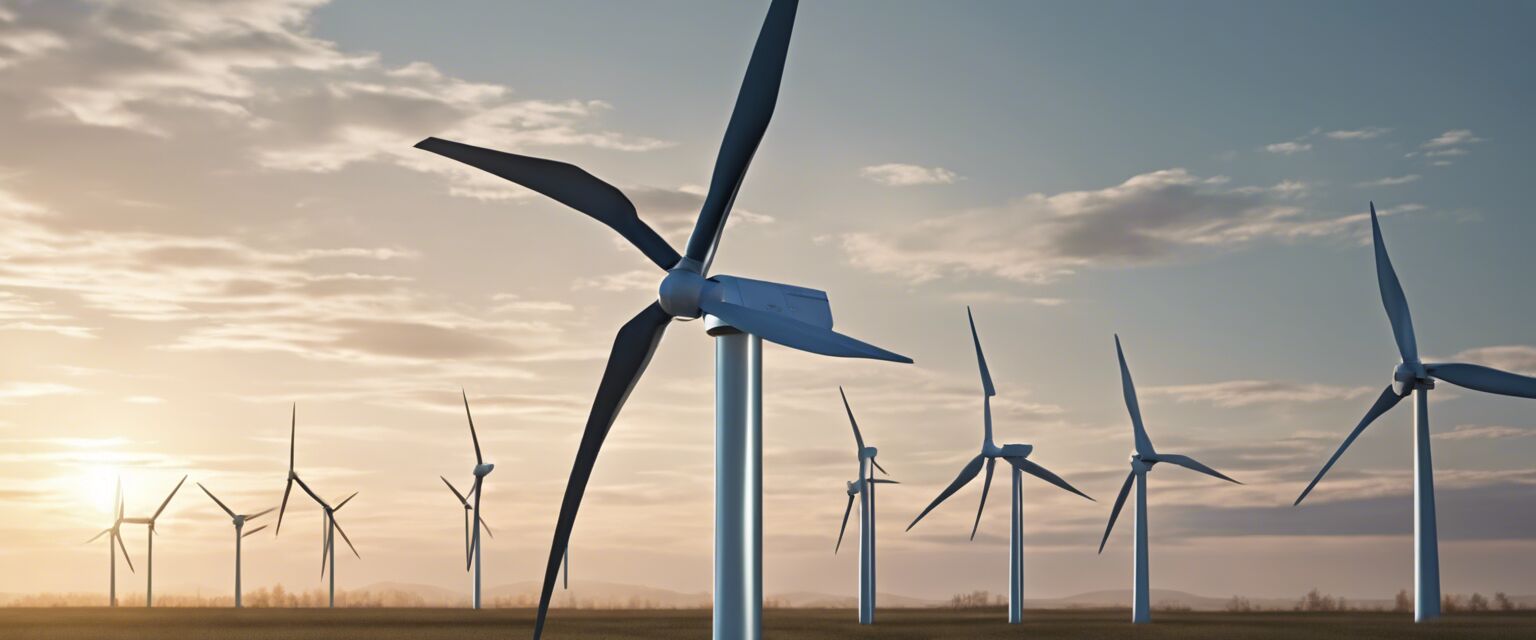
Types of Wind Turbines
Wind turbines can be categorized into two main types: horizontal-axis and vertical-axis turbines. Each type has its own advantages and applications.
| Type | Description | Advantages | Disadvantages |
|---|---|---|---|
| Horizontal-axis | The most common type, featuring two or three blades that face into the wind. | High efficiency, widely available, and suitable for large-scale projects. | Requires a specific wind direction; more complex installation. |
| Vertical-axis | Blades are arranged vertically, allowing the turbine to catch wind from any direction. | Less affected by wind direction; easier to maintain. | Generally lower efficiency and power output. |
Essential Wind Power Accessories
To enhance the effectiveness of wind turbines, several accessories are essential. These components ensure that you can store energy, regulate power flow, and maximize overall efficiency. Here are some key accessories to consider:
- Charge Controllers: Regulate battery charging and prevent overcharging.
- Battery Storage: Store excess energy generated for later use.
- Inverters: Convert DC power from batteries to AC power for household use.
- Solar Panels: Combine solar and wind power for a hybrid system.
- Portable Generators: Provide backup power when wind energy is insufficient.
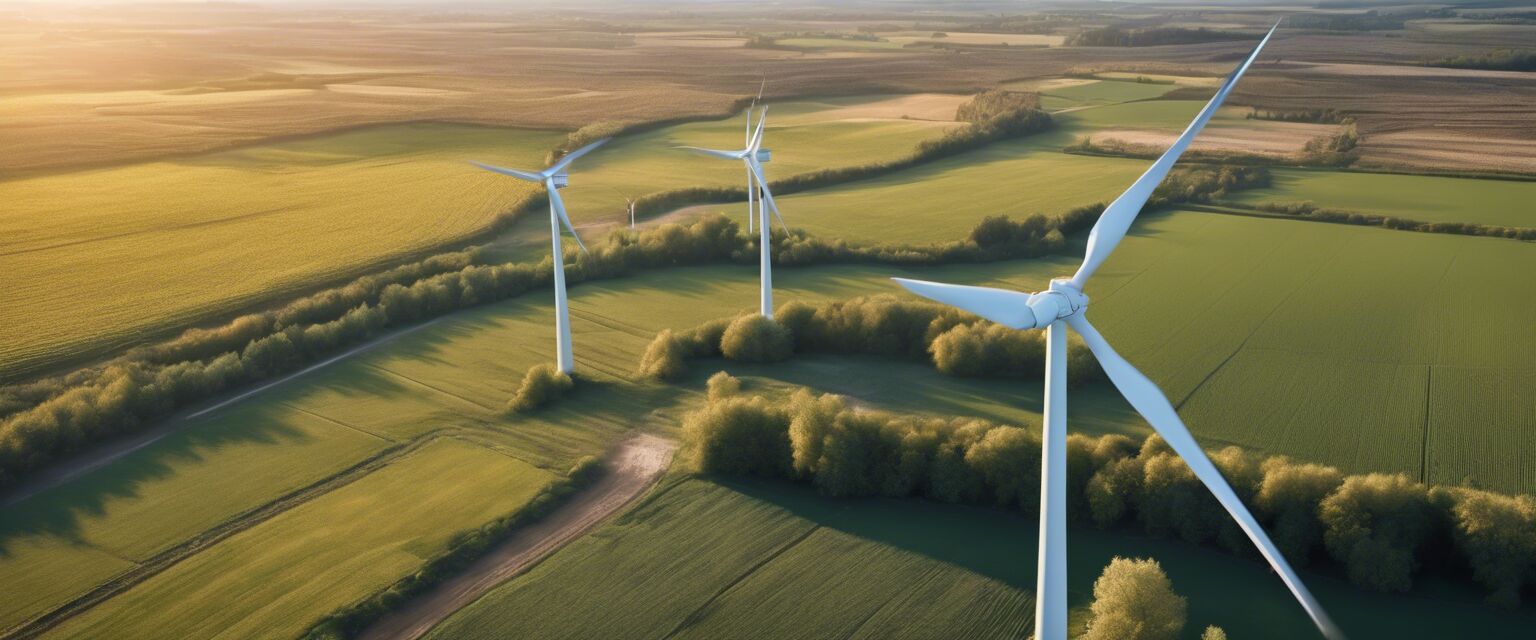
Installation and Maintenance Tips
Proper installation and maintenance of your wind turbine are crucial for its performance and longevity. Here are some tips to keep in mind:
Tips for Beginners
- Choose the right location: Ensure your turbine is sited in an area with consistent wind flow.
- Follow manufacturer guidelines: Always adhere to the installation instructions provided by the manufacturer.
- Regular inspections: Check for wear and tear, and ensure all components are functioning correctly.
- Stay informed: Keep up-to-date with new technology and maintenance practices.
- Seek professional help if needed: Donât hesitate to consult with experts for installation or troubleshooting.
Cost Considerations
The investment in wind power solutions can vary based on the type of turbine, installation costs, and the accessories you choose. Hereâs a breakdown of potential costs:
| Component | Average Cost | Notes |
|---|---|---|
| Horizontal-axis turbine | $10,000 - $50,000 | Prices depend on capacity and brand. |
| Vertical-axis turbine | $5,000 - $25,000 | Generally less expensive but lower power output. |
| Battery storage system | $500 - $5,000 | Cost depends on storage capacity. |
| Inverter | $200 - $2,000 | Varies based on power rating. |
Conclusion
Embracing wind power solutions can significantly enhance your energy independence, especially in off-grid scenarios. With a variety of turbine types and essential accessories, you can tailor a system that meets your unique needs. Remember to consider installation, maintenance, and costs when embarking on your wind power journey. By harnessing the power of the wind, you can contribute to a sustainable future while enjoying the benefits of renewable energy.
Pros
- Renewable and sustainable energy source.
- Can significantly reduce electricity costs.
- Low environmental impact compared to fossil fuels.
- Scalable solutions for various energy needs.
Cons
- Initial investment can be high.
- Performance depends on wind availability.
- Noise and aesthetic concerns for some users.

